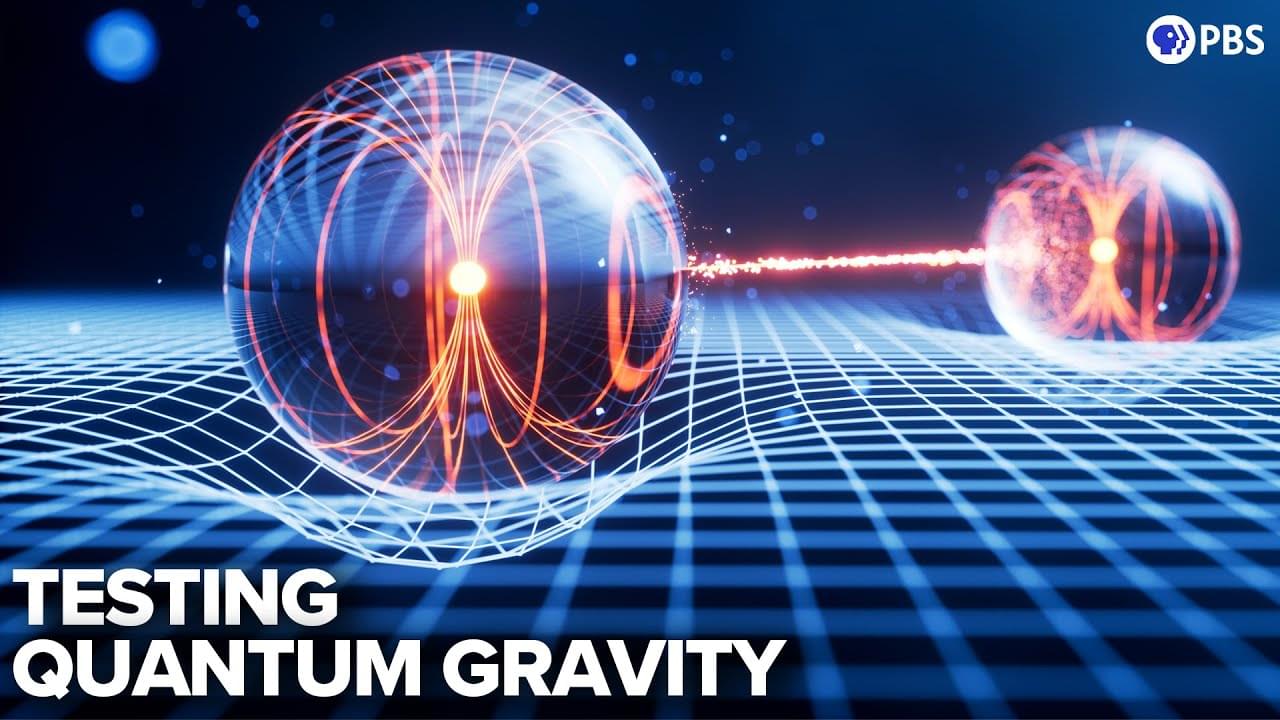Sep 14, 2024
Scientists Might Achieve the Impossible and Actually *See* Gravity
Posted by Josh Seeherman in category: particle physics
It’s the only fundamental force whose carrier has never been directly observed. But that may soon change.
It’s the only fundamental force whose carrier has never been directly observed. But that may soon change.
A research team discovered a method to transform materials with three-dimensional atomic structures into nearly two-dimensional structures – a promising advancement in controlling their properties for chemical, quantum, and semiconducting applications.
The field of materials chemistry seeks to understand, at an atomic level, not only the substances that comprise the world but also how to intentionally design and manufacture them. A pervasive challenge in this field is the ability to precisely control chemical reaction conditions to alter the crystal structure of materials—how their atoms are arranged in space with respect to each other. Controlling this structure is critical to attaining specific atomic arrangements that yield unique behaviors. This process results in novel materials with desirable characteristics for practical applications.
A team of researchers led by the National Renewable Energy Laboratory (NREL), with contributions from the Colorado School of Mines (Mines), National Institute of Standards and Technology, and Argonne National Laboratory, discovered a method to convert materials from their higher-energy (or metastable) state to their lower-energy, stable state while instilling an ordered and nearly two-dimensional arrangement of atoms—a feat that has the potential to unleash promising material properties.
Researchers from Monash University, part of the FLEET Center, have revealed a generic approach towards intrinsic magnetic second-order topological insulators. These materials are crucial for advancements in spintronics, an emerging field aiming at using spin degree of freedom to deliver information. Their study is published in Nano Letters.
A new software package developed by researchers at Macquarie University can accurately model the way waves—sound, water or light—are scattered when they meet complex configurations of particles.
Latent fingerprints require physicochemical development techniques to enhance their visibility and make them interpretable for forensic purposes. Traditional methods for developing fingerprints include optical, physical, and chemical processes that involve interaction between the developing agent (often a colored or fluorescent reagent) and the fingerprint residue. These methods have limitations in recovering high-quality results in certain conditions.
Recently, new methods using mass spectrometry, spectroscopy, electrochemistry, and nanoparticles have improved the development of latent fingerprints. These techniques offer better contrast, sensitivity, and selectivity, with low toxicity. The ability to adjust nanomaterial properties further enhances the detection of both fresh and aged fingerprints.
Mesoporous silica nanoparticles (MSNs) have attracted significant interest since the discovery of the M41S family of molecular sieves, which encompasses MCM-41, MCM-48, and SBA-15. These nanoparticles are characterized by their controlled particle size, porosity, high specific surface area, chemical stability, and ease of surface functionalization.
Researchers from Delft University of Technology in The Netherlands have been able to initiate a controlled movement in the very heart of an atom. They caused the atomic nucleus to interact with one of the electrons in the outermost shells of the atom. This electron could be manipulated and read out through the needle of a scanning tunneling microscope.

👉 Head to https://brilliant.org/spacetime/ for a 30-day free trial + 20% off your annual subscription.
Sign Up on Patreon to get access to the Space Time Discord!
/ pbsspacetime.
As its name implies, the Bose glass exhibits certain glass-like properties, with all particles in the system becoming localized. This means that each particle remains confined to its position, without interacting or blending with its neighbors.
If coffee behaved in this way, for example, stirring milk into it would result in a permanent pattern of black and white stripes that never mix into a uniform color.
In a localized system like the Bose glass, particles don’t mix with their environment, which suggests that quantum information stored within such a system could be retained for much longer periods. This property has significant implications for quantum computing and information storage.
Researchers probe pressures within the proton using Deeply Virtual Compton Scattering to help us understand the building blocks of matter.
Most atoms are made from positively charged protons, neutral neutrons and negatively charged electrons. Positronium is an exotic atom composed of a single negative electron and a positively charged antimatter positron. It is naturally very short-lived, but researchers including those from the University of Tokyo successfully cooled and slowed down samples of positronium using carefully tuned lasers.
